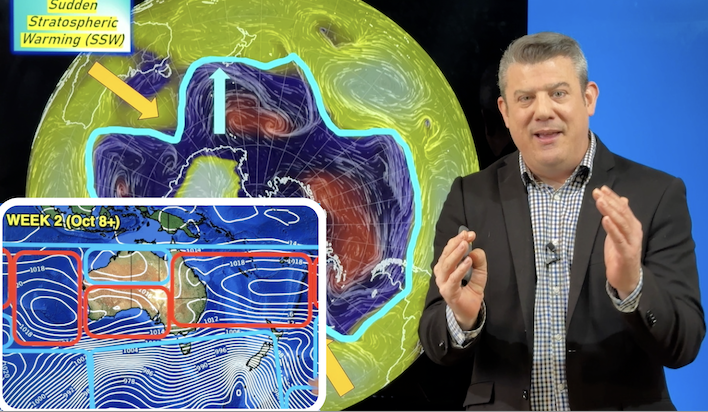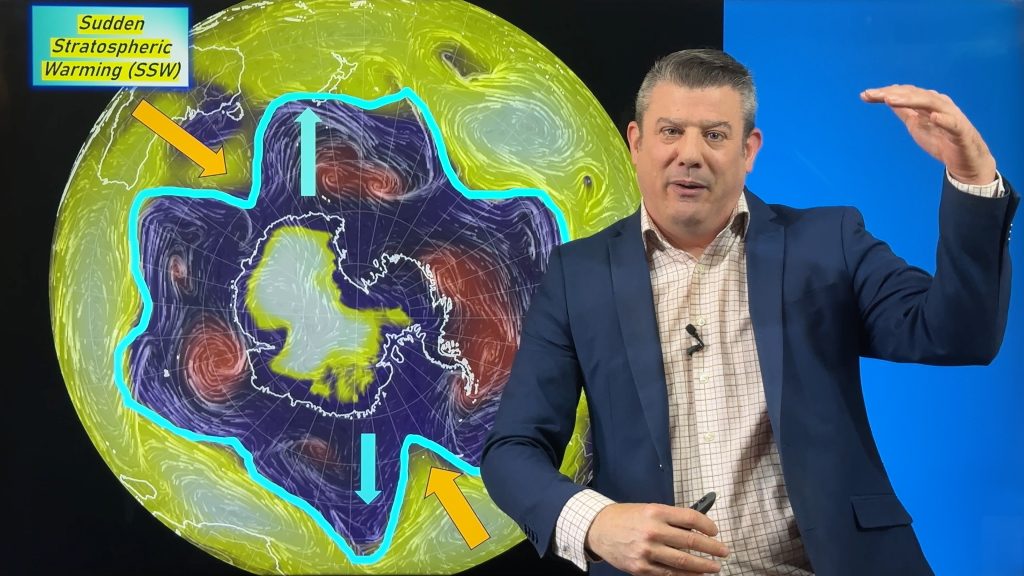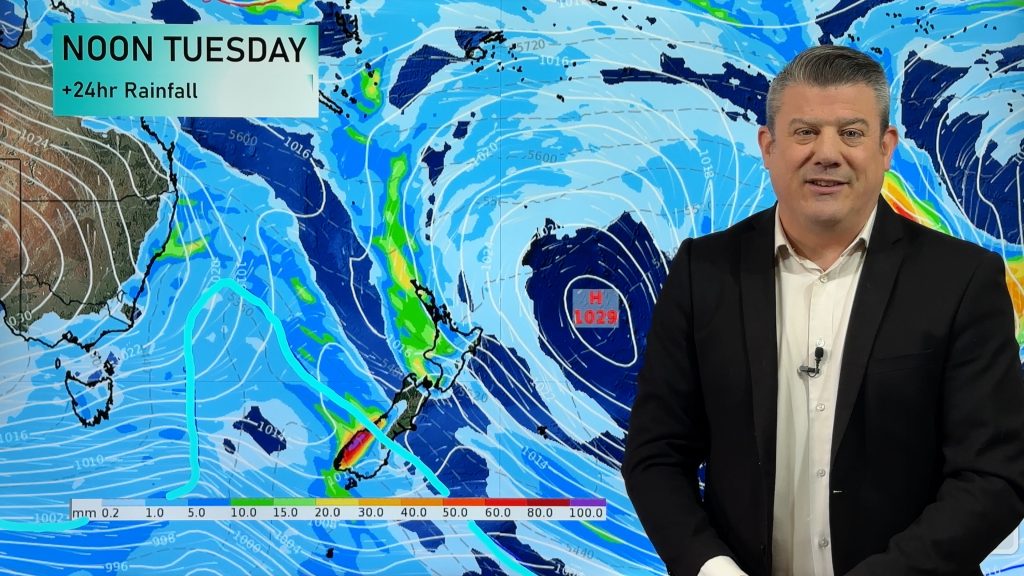
> From the WeatherWatch archives
We often hear about terms like Typhoon, Hurricane, Cyclone, Tropical Depression and Tropical Storm. So what do they all mean? And what are the processes to actually create a hurricane?
With the media-grabbing Atlantic Hurricane season upon us we thought we’d take a closer look.
Firstly whether you call it a Typhoon a Hurricane or a Cyclone they are all the same thing – they just form in different parts of the world.
Three Names for the Same Thing
- Tropical Cyclones – form in the Southern Hemisphere (cyclonic)
- Hurricanes – form around America – either in the Atlantic Ocean or in the eastern Pacific Ocean (east of the International Dateline)
- Typhoons form in the western Pacific (west of the International Dateline). This means a Hurricane that moves through the International Dateline would then become a Typhoon.
Another thing all these tropical storms have in common is how they are made…
How a storm is made
- Step 1: A tropical ‘wave’ is needed. This is literally a wave in the air, or a disturbance or the normal easterly flow. The wind tries to move another direction and it causes the air pressure to start falling – and the air to start spinning – creating a low.
- Step 2: This then forms into a tropical depression. It’s given a number. For example, TD2 (for the second Tropical Depression of the official storm season).
- Step 3: Wind speeds start to average gale force – officially making it a Tropical Storm. It’s at this point the storm is named. In our part of the world this would become a Category 1 cyclone.
- Step 4: There are some more technical things that need to go on, but once the winds increase we start stepping up the categories. Different regions use different ways to measure a storm’s strength which is a bit of a pain but considering we’re focusing on the American Hurricane Season we’ll use there system – the Saffir-Simpson scale.
Hurricane Categories
- A Category 1 hurricane starts with winds averaging 119km/h. (In NZ we call that severe gale).
- Category 2 has sustained winds of 154km/h (we very rarely see anything like that in NZ – usually only gusts.)
- Category 3 has sustained winds of 178km/h
- Category 4 has sustained winds of 210km/h.
- Category 5 has sustained winds of 250km/h (and the air pressure is below 920hPa).
Comments
Before you add a new comment, take note this story was published on 14 Aug 2009.






Add new comment
Chris B on 12/08/2009 11:29am
I didn’t know about Step 2…that’s my knowledge increase for the day 🙂
So, what is the highest category we’ve experienced in NZ? I’m doubting we’ve ever had a Category 5!
Reply
WW Forecast Team on 12/08/2009 7:35pm
Hi Chris,
Our record books aren’t very good in this area mainly because we so rarely get a tropical storm and they technically aren’t tropical cyclones when they reach us (we’re too far south).
The wind speeds recorded during the Wahine Disaster were certainly around Category 5 but I would imagine they were gusts not sustained winds…and they were also localised to Wellington indicating it was the geography that lead to those huge winds (from memory they were recorded gusting to 280km/h) and not that low itself.
At a guess I’d say Cat 3-type winds is something NZ would get every few decades – most likely coming from the Southern Ocean though so definitely not classed as a cyclone and probably only affecting remote regions.
Cheers
Philip Duncan
Reply